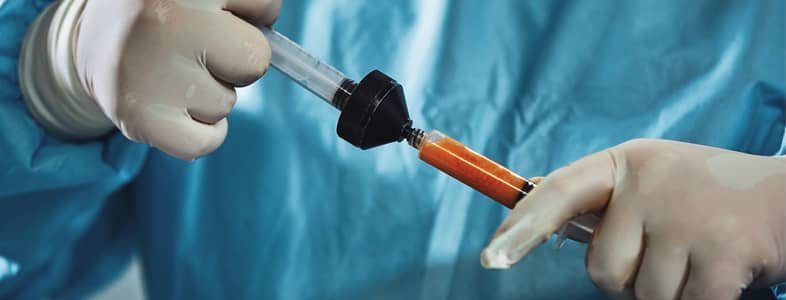
Well, what’s the downside?
Fat grafting is a procedure where we remove tissues from where they live with a blood supply, nutrients, and oxygen and then re-inject them in another area, hoping they survive long enough for new blood vessels to reconnect. The fat cells need to stay by diffusion – absorbing all the food and oxygen – until another supplies them, a new blood vessel. Unfortunately, about 40 – 50% of all of these cells will die before this happens. Once this fat cell hangs around long enough to get its capillary, it will likely survive forever. They are permanently becoming part of the new location.
If we will lose half of the fat grafts, why not just put in twice as much?
Great question, and here’s why. The diffusion process relies on the fact that each “grafted” fat cell is near a blood vessel or other cell that it can borrow from for a while. The bigger the injection of fat, the more likely the fat will be next to more fat and will not survive. Thus, all we end up with is more fat loss.
It doesn’t seem very easy. How do we make this work?
The success lies in a micro-fat grafting technique, which means that tiny amounts are placed in different skin layers and muscles to increase the chances that each fat cell is close to another cell it can borrow from. The more this happens, the better the overall success rate. This leads to increased volume and happier patients.
What’s next?
Next on the horizon is the use of adult stem cells to enhance the fat grafts’ survival by making them “super-charged fat grafts.” The stem cell effect is still under investigation and not currently approved outside of a study in the US. Stay tuned for our next blog post, where we will discuss the latest on stem cells and their use in cosmetic surgery.
If you want to know more about your fat grafting options, call today for your free consultation at 858-638-9800 or visit our website for a virtual consultation.
*The content in this blog is developed to spread the awareness towards plastic surgery. Our blog is not intended to serve as a replacement for an actual in-office consultation with Dr. Marin. As such, the information within this blog reflects the unique cases of our individual patients.
Comments are closed here.